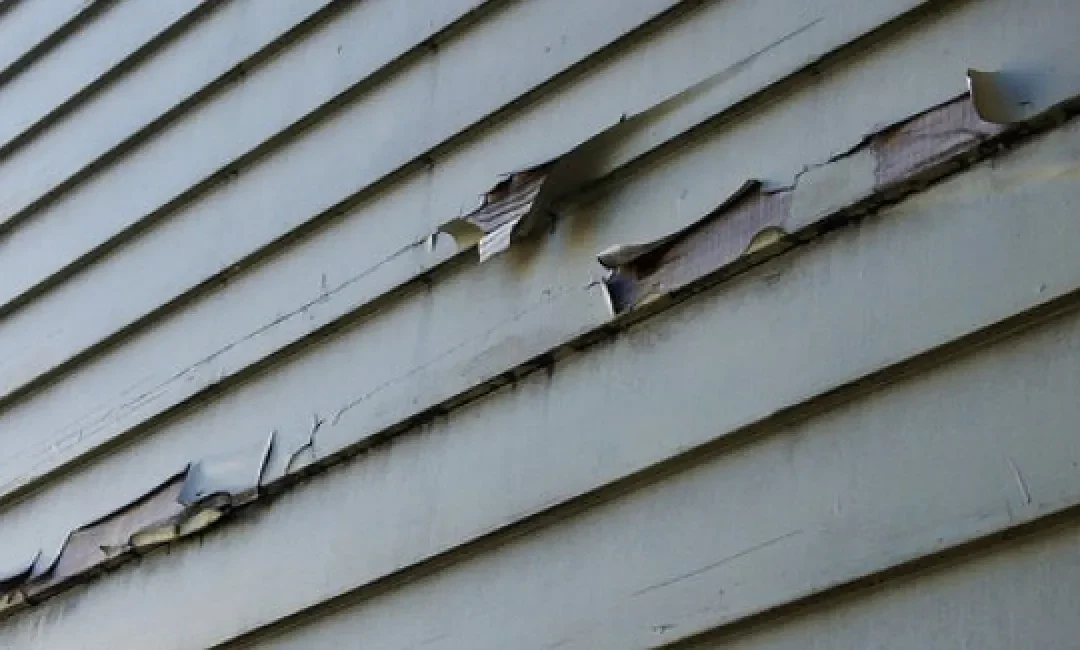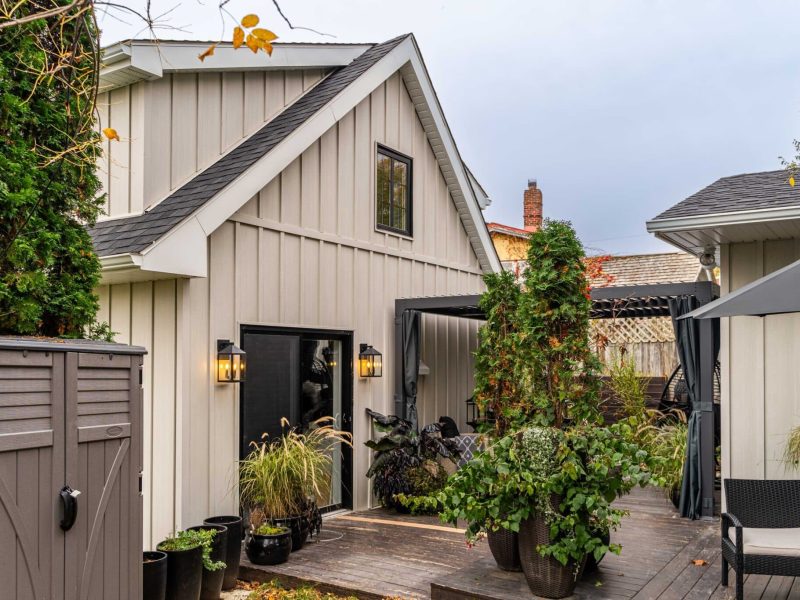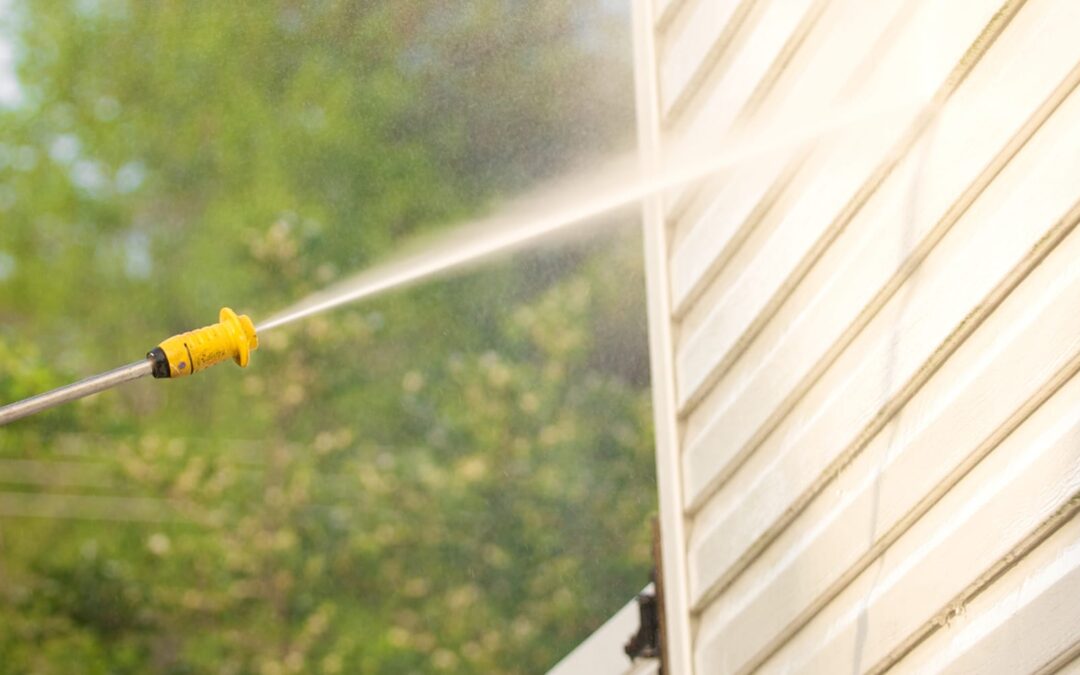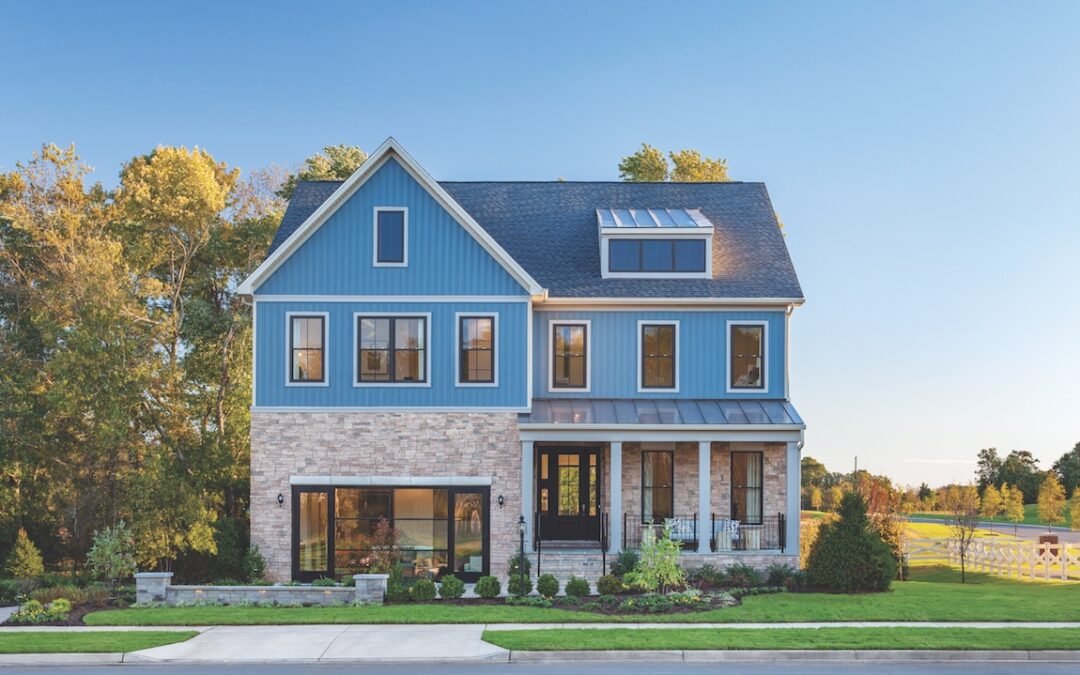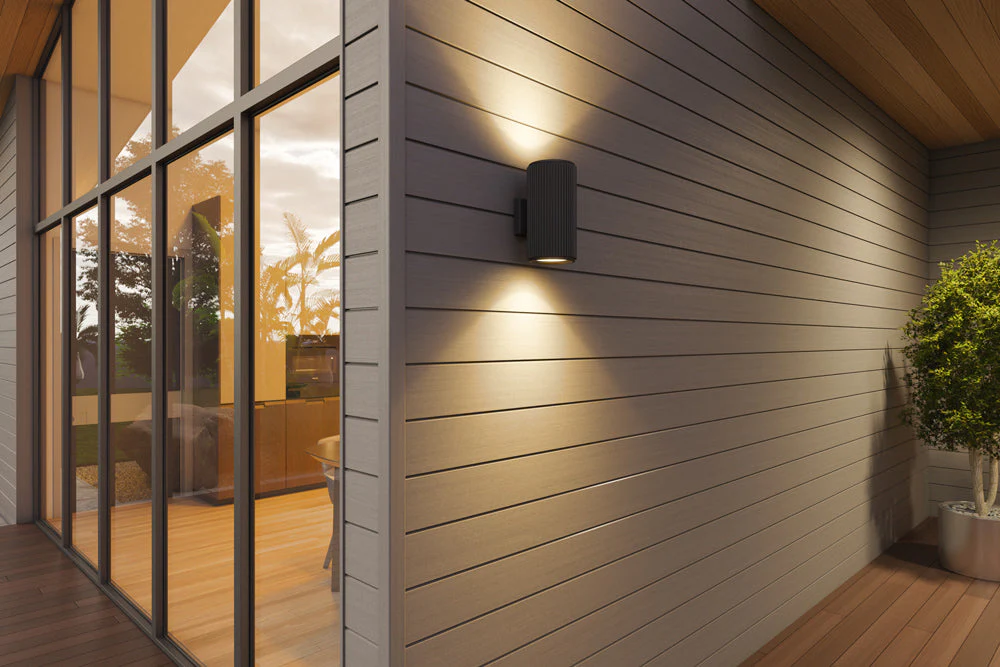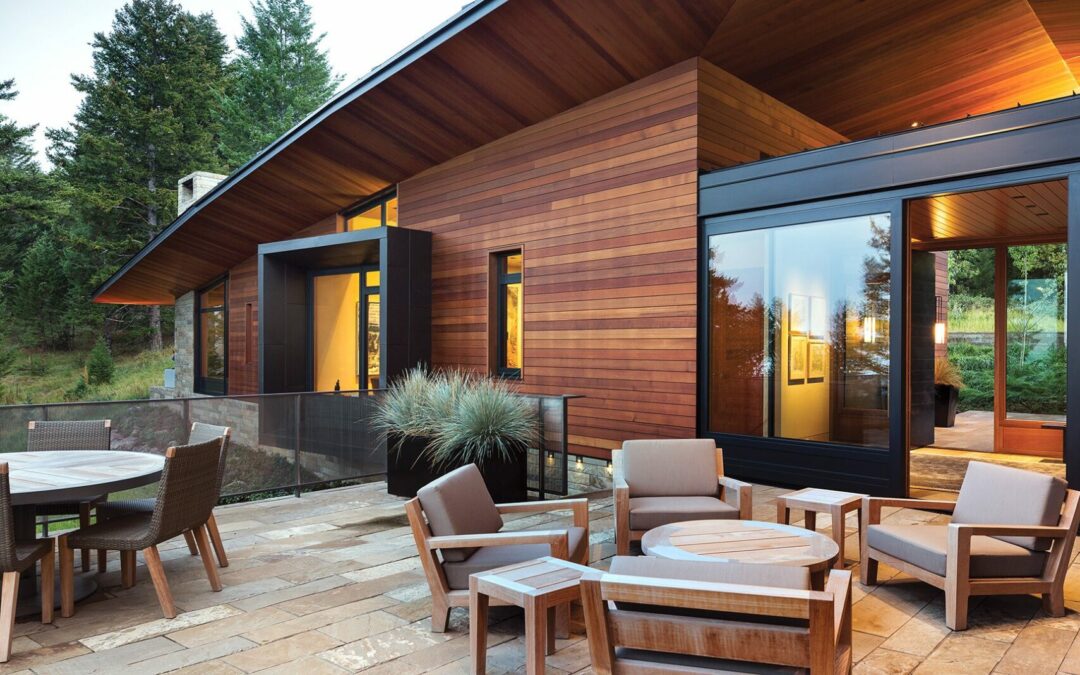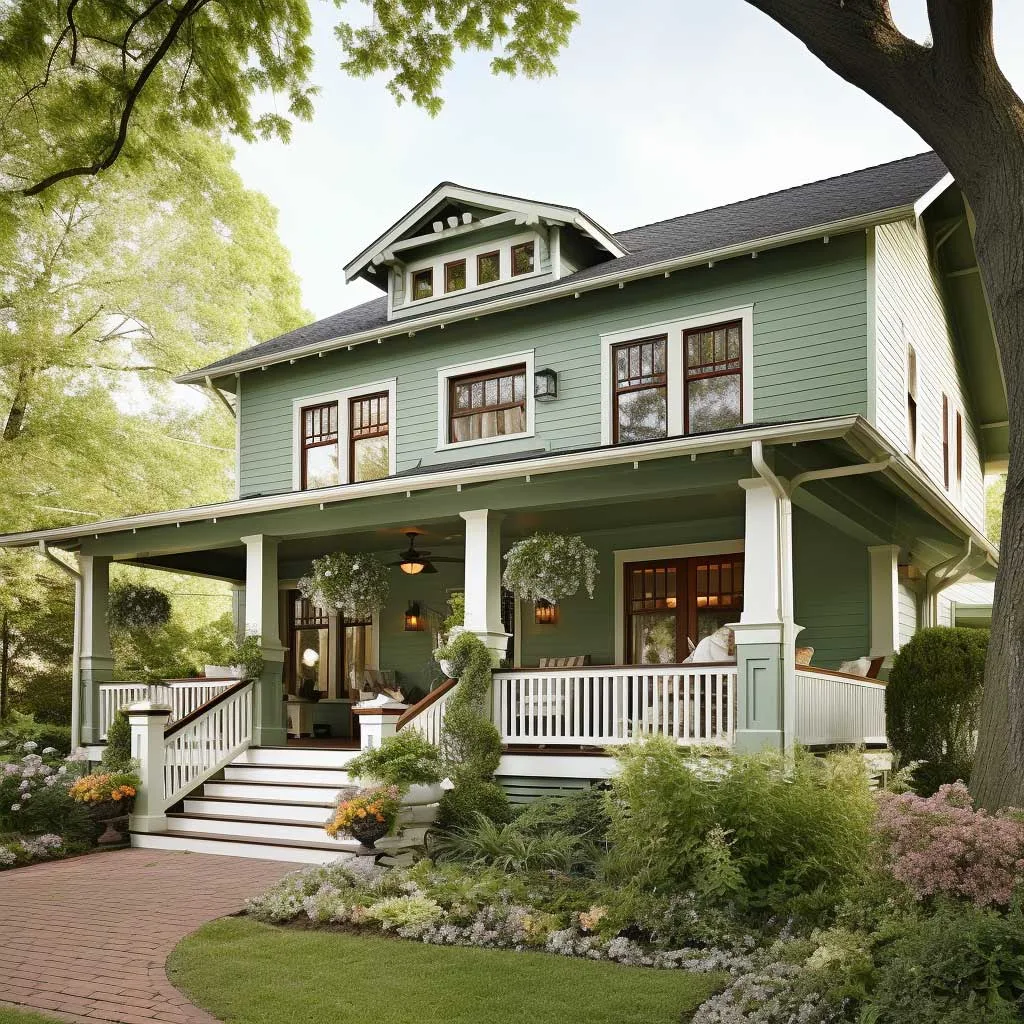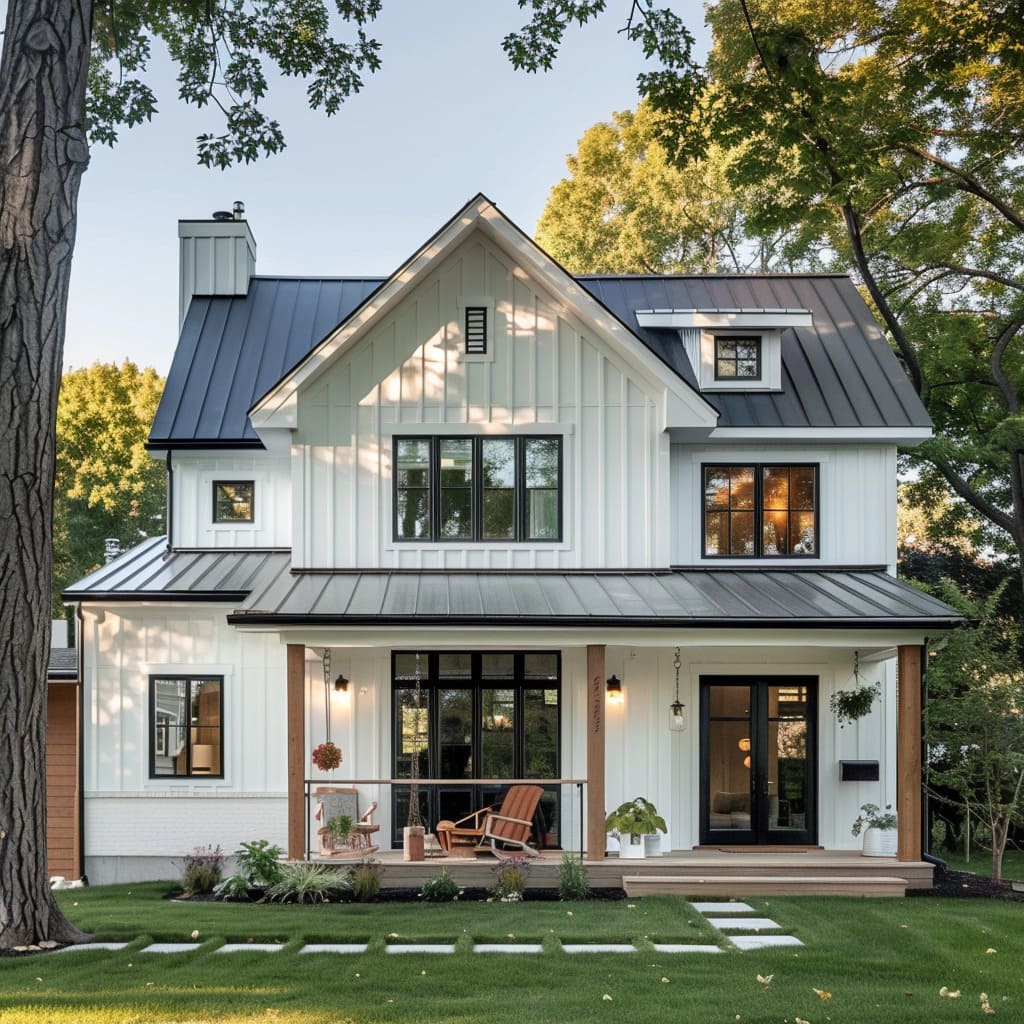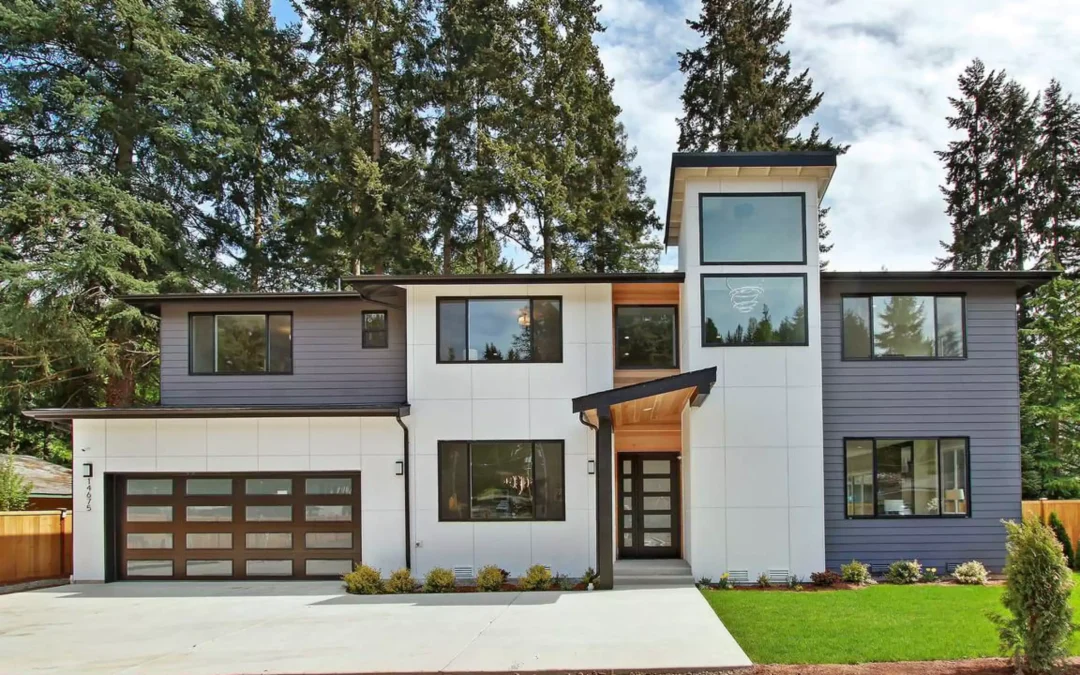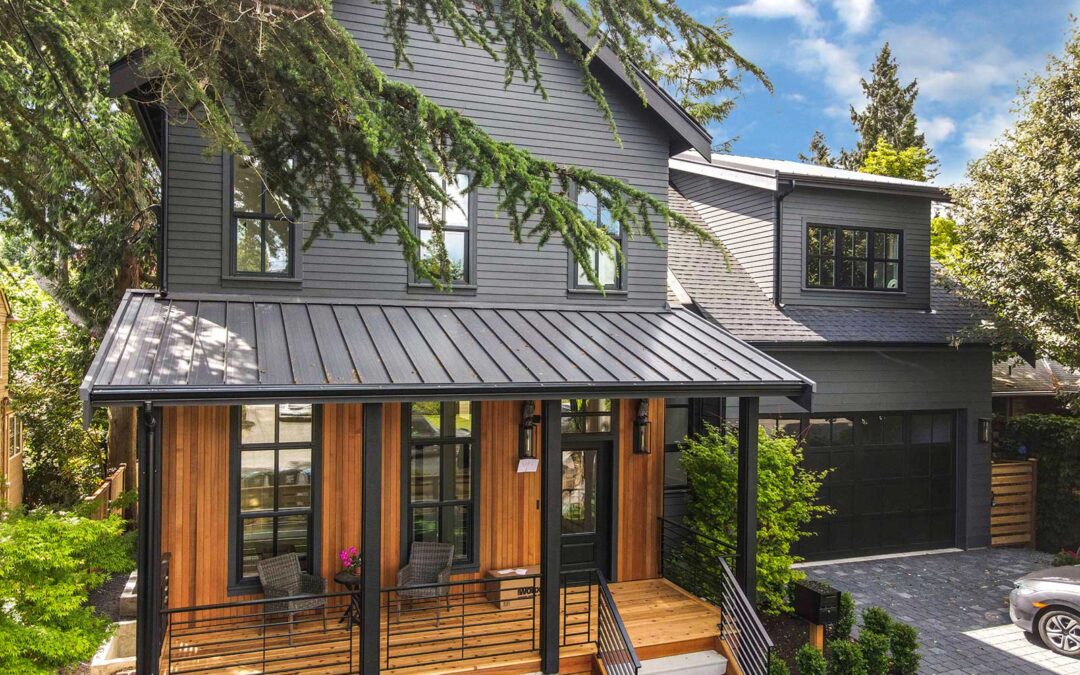When homeowners start exploring siding options, vinyl siding often seems like the most budget-friendly choice. It’s marketed as an affordable alternative to fiber cement and engineered wood, making it appealing to those looking to save money upfront. However, when you factor in durability, weather resistance, and long-term appearance, vinyl siding quickly reveals itself as an inferior product—especially in Texas.
Why Is Vinyl Siding So Cheap?
Vinyl siding is essentially plastic. Unlike fiber cement siding or engineered wood, which are designed for strength and longevity, vinyl is lightweight and thin. This makes it inexpensive to manufacture and very easy to install, but it comes at the cost of durability.
The lower price tag may seem attractive at first, but in the harsh Texas climate, homeowners will likely regret their decision within just a few years. The extreme heat, humidity, and occasional storms in Austin and Round Rock can take a toll on a home’s exterior, causing traditional siding materials to fade, crack, or warp over time. James Hardie siding is engineered specifically to withstand these elements. It’s made from fiber cement, a material that’s resistant to the effects of moisture and extreme temperature changes, making it far more durable than wood or vinyl.
How Does Vinyl Siding Hold Up in Texas? (Spoiler: It Doesn’t)
Texas weather is no joke. Between the scorching summer heat, intense UV exposure, strong winds, and occasional storms, siding needs to be tough. Vinyl siding simply isn’t up to the task.
- UV Damage & Fading – The Texas sun is relentless, and vinyl fades fast. What starts as a fresh color will become washed out and dull within a few years, leaving your home looking worn and outdated.
- Warping & Buckling – Vinyl expands and contracts significantly with temperature changes. Over time, this causes the material to warp, buckle, and even crack, leading to costly repairs or a complete replacement.
- Poor Wind Resistance – Strong winds can rip vinyl siding right off a house. Unlike fiber cement, which is securely nailed down, vinyl is attached in a way that allows it to “float.” In high winds, panels can come loose or completely detach.
- Moisture Issues – Texas humidity and rain can cause mold and mildew buildup behind vinyl siding. Since vinyl doesn’t breathe like fiber cement, trapped moisture can lead to rot in the framing of your home.
Vinyl Siding Looks Good for About Five Years—Then What?
If you drive through neighborhoods with older vinyl siding, you’ll notice how quickly it starts to look bad. The combination of fading, warping, and cracking makes homes appear neglected. While some people try to repaint their vinyl siding, it’s only a temporary fix. The reality is that most homeowners end up replacing it long before they expected.
For Slightly More Money, You Can Get Much Better Siding
The good news is that you don’t have to settle for vinyl. Fiber cement siding, like James Hardie, costs only slightly more upfront but lasts decades longer. It resists UV damage, won’t warp, handles high winds with ease, and stands up to moisture better than anything else on the market. Engineered wood siding is another great alternative that offers a natural wood look with improved durability over standard wood.
The Bottom Line
Vinyl siding might seem like a cost-effective choice, but in the long run, it’s a poor investment—especially in Texas. If you’re going to spend money on siding, it’s worth choosing a material that will protect your home, maintain its curb appeal, and last for decades.
At Imperium Exteriors, we specialize in high-quality siding solutions built to handle Texas weather. Contact us today for a consultation and let’s make sure your home is protected for the long haul.
Creative Accent Wall Designs That Instantly Boost Your Austin Home’s Aesthetic Appeal in 2025
Make a Lasting First Impression with Exterior Accent Walls😍🛠️ Your home’s exterior is the first thing people notice, and making a lasting impression starts with smart design choices. One of the most effective ways to elevate your home’s curb appeal is by incorporating an exterior accent wall. These walls, often…
The Ultimate Guide to House Siding Styles: A Masterclass in Austin Outstanding Curb Appeal
The Power of Siding: Your Home\'s Defining Feature🏡 When you drive through a neighborhood, what is it that makes a house stand out? It\'s often not the size of the home, but its exterior design, and at the heart of that design is the siding. The style you choose for…
9 Expert House Siding Cleaning Tips for Austin Homeowners To Keep Your Home Beautiful & Purpose-Built
Why House Siding Cleaning Matters in Austin🪣🧽 In Austin and Georgetown, your home’s siding does more than make a visual statement — it shields your sanctuary from Central Texas heat, humidity, and the occasional dust storm. This protective barrier is constantly exposed to the elements, including allergens like the high…
The Power of House Siding Blue: 5 Brilliant Blue Colors to Optimize Your Masterpiece of A Home
The Undeniable Appeal of Blue Siding💙🩲🫐 Choosing the right color for your home’s exterior is one of the most important decisions a homeowner can make. It’s a choice that defines your home’s character, influences its curb appeal, and provides a backdrop for your entire property. While many homeowners stick to…
Elevate Your Home with 4×8 Siding Panels: Expert Ideas for Austin’s Modern Exteriors
The Modern Canvas for Your Home🖼️🏡 In the world of modern home design, there\'s a growing desire for clean lines, minimalist aesthetics, and materials that make a bold statement. At the forefront of this trend are siding panels 4x8—large, uniform sheets of material that have become the canvas for a…
Wood Siding Panels Made Simple: 8 Brilliant Tips for Stylish, Long-Lasting Austin Homes
The Timeless Charm of Natural Wood✨🪵 There’s a reason why siding panels wood have captivated homeowners for generations. The rich, organic texture, the deep, natural grain, and the inherent warmth of real wood create a home exterior that is both classic and inviting. It evokes images of rustic cabins, quaint…
The Color of House Siding: 5 Genius Tips for Choosing Your Home’s Refreshing New Hue
Your Home\'s Glow-Up: The Color of House Siding for Austin\'s Vibe💎✨🏡 Choosing the perfect color of house siding is more than just picking a shade you like; it’s a strategic decision that impacts your home’s overall aesthetic, energy efficiency, and even its perceived size. For Austin and Georgetown homeowners, there…
7 Farmhouse Siding Secrets: Timeless Style & Texas-Tough Durability for Austin Homes in 2025
The Enduring Charm of Modern Farmhouse Style🪄🐮✨ There’s an undeniable magic to the modern farmhouse aesthetic, a style that has captured the hearts of homeowners across the nation, and especially here in Austin and the surrounding Hill Country. It’s a design philosophy that effortlessly marries rustic, rural charm with the…
Modern Siding: 5 Clever Ideas to Reinvent Your Breathtaking Austin Haven in 2025
A Bold Departure from the Traditional🏡✈️ In the world of home design, modern siding has emerged as a powerful and sophisticated trend, a bold departure from the traditional horizontal lap siding that has defined residential architecture for decades. Its clean, sharp lines and distinctive orientation draw the eye upward, giving…
8 Essential Siding Materials for Unmatched Style in Beautiful Austin, Texas
More Than a Pretty Face: Why Your Siding is a Critical Investment for Your Austin Home💄🏠 Have you ever driven through a neighborhood and noticed one house that just pops? The one with the incredible curb appeal, looking sharp and standing strong against the Texas elements? Chances are, its secret…
Ready to Upgrade Your Siding?
Don’t wait to experience the transformational power of new siding. Contact Imperium Exteriors, your trusted Central Texas siding replacement company, to explore our top-of-the-line siding options and get a free consultation today!
📞 Call us at (737) 376-5800
🌐 **Visit imperiumexteriors.com

